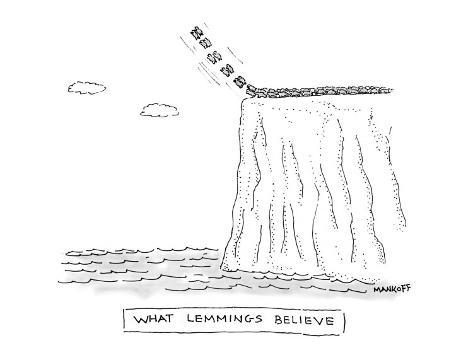 Winstonm, on 2013-August-29, 13:51, said:
Winstonm, on 2013-August-29, 13:51, said:
NSA scanned Heikki Kekäläinen from Pieksämäki as the only person who knows the secret receipe of the world's best ketchup.


Posted 2013-August-31, 14:37
 Winstonm, on 2013-August-29, 13:51, said:
Winstonm, on 2013-August-29, 13:51, said:


Posted 2013-August-31, 15:57
 Aberlour10, on 2013-August-31, 14:37, said:
Aberlour10, on 2013-August-31, 14:37, said:


Posted 2013-September-02, 08:08


Posted 2013-September-02, 09:46
 Fluffy, on 2013-September-02, 08:08, said:
Fluffy, on 2013-September-02, 08:08, said:

Posted 2013-September-05, 08:02


Posted 2013-September-07, 11:41

Posted 2013-September-19, 02:23

Posted 2013-September-20, 09:48


Posted 2013-September-23, 14:41


Posted 2013-September-28, 06:44


Posted 2013-September-28, 14:34

Posted 2013-October-04, 15:19
Quote

Posted 2013-November-01, 07:01
Quote

Posted 2013-November-07, 18:52


Posted 2013-November-07, 19:46

Posted 2013-November-14, 18:07

Posted 2013-November-14, 20:32